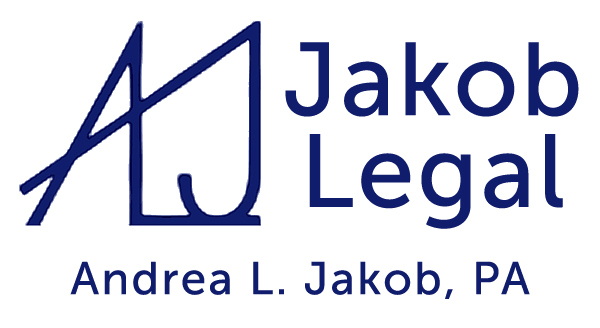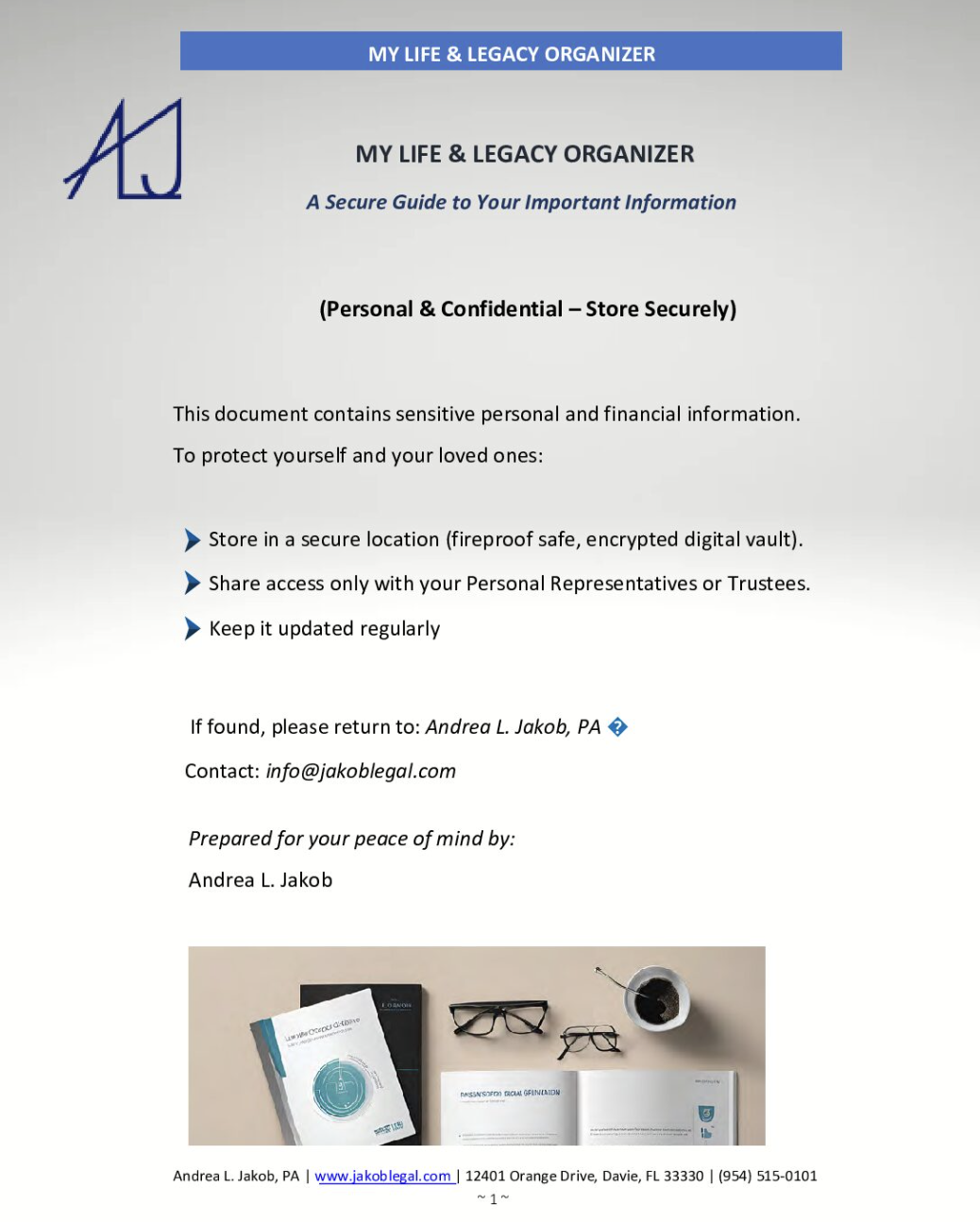You might be surprised to learn that asset protection planning has been around for a long time, and you’ve likely already engaged in it. In fact, you probably have one or more traditional asset protection plans in place. However, these plans may not be enough to fully protect you and your family.
What Is Asset Protection Planning?
Asset protection planning involves positioning or repositioning assets to preserve and protect your property before a claim or threat of a claim arises. This type of planning is ineffective against existing claims and must be done well in advance. Attempting to shield assets from existing creditors can be considered fraudulent and result in legal penalties.
The goal of asset protection planning is to incentivize settling claims, improve your bargaining position, offer options when a claim is asserted, and ultimately deter litigation.
Why Traditional Asset Protection Planning Often Fails
Several traditional asset protection methods have been used for years. The most common is liability insurance, such as automobile, homeowner’s, renter’s, personal property, umbrella, officers’ and directors’, and malpractice insurance. You likely have at least one liability policy. Unfortunately, liability insurance can encourage lawsuits as it may be seen as “easy money.” Additionally, liability insurance often fails due to inadequate coverage, extensive exclusions, or carrier insolvency.
Another traditional method is using a business entity, like a corporation or limited liability company (LLC), to separate business and personal accounts, property, and liabilities. While a legally formed business entity can protect personal assets from business lawsuits, it doesn’t protect your ownership interest in the company if you are personally sued. Moreover, your personal assets could be vulnerable if your company fails to observe certain formalities. State laws also provide traditional asset protection by exempting specific accounts and property from creditors’ claims. This includes protection for jointly owned property (tenancy by the entirety), a primary residence (homestead), life insurance cash value, retirement account investments, and annuities. However, these exemptions often have limitations, such as caps on the value or land area

